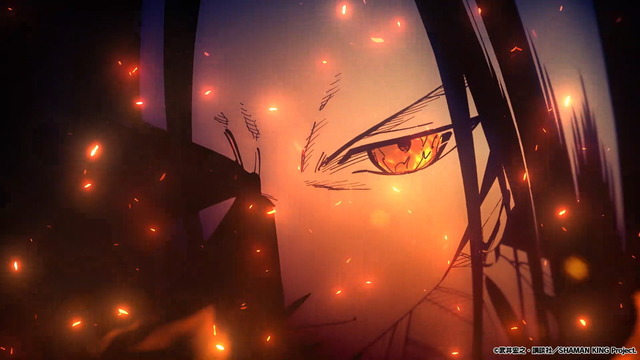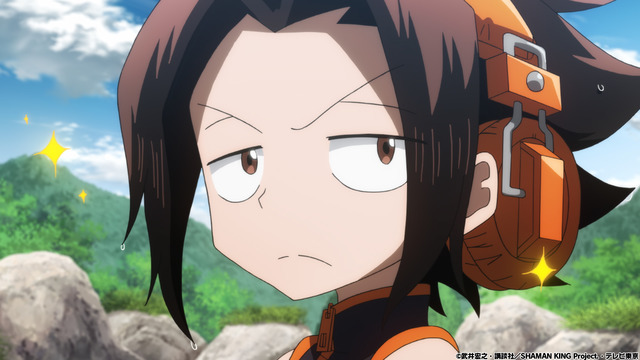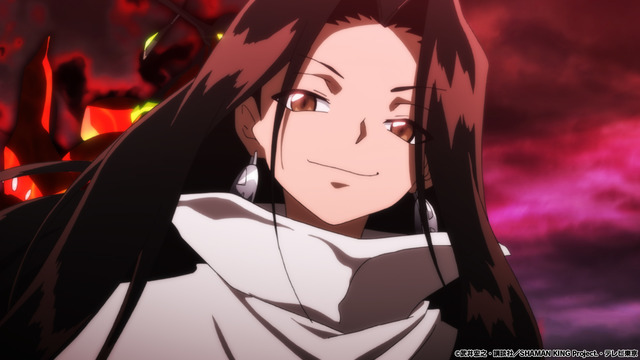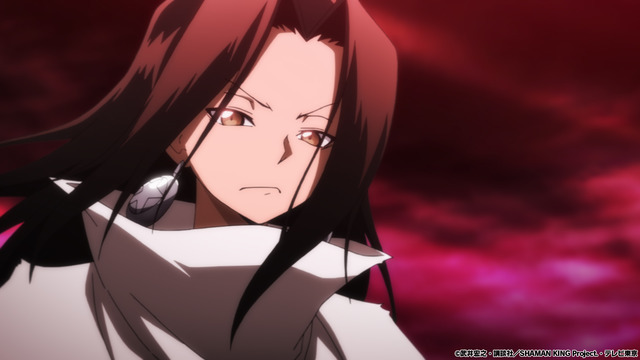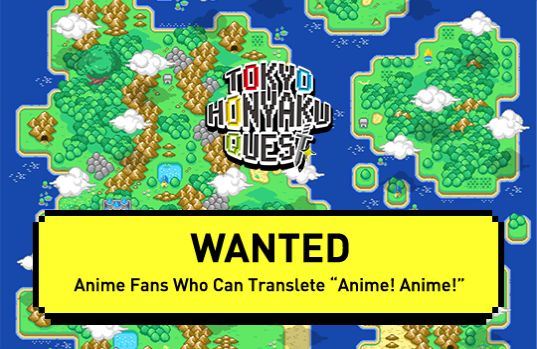In anime and manga works, the popularity of characters and topics of conversation tend to be biased toward the main characters and heroes. However, it is the existence of the “shadows” that makes the “light” shine brightly.
In the eleventh installment of “Enemy Character Biographies: Where is Their Aesthetics?”, we take a look at Hao from “SHAMAN KING”.
※Please note that there are spoilers about “SHAMAN KING”.
Basically, the antagonist in a story exists to be defeated by the protagonist. The role of the antagonist is to present values that differ from those of the protagonist and to glorify the legitimacy of the protagonist’s side by being defeated. Since the audience and readers enjoy the story while empathizing with the protagonist, the defeat of the antagonist is also a catharsis for entertainment.
In this sense, “SHAMAN KING” was a unique shonen manga. This is because Hao, the antagonist of this work, was an opponent that the protagonists could not defeat no matter how hard they tried.
Why did “SHAMAN KING” need such an antagonist? I would like to think about it while comparing the original story and the old anime version.
Hao, a unique antagonist who cannot be defeated
“SHAMAN KING” is about a shaman boy, Asakura Yoh, who participates in a tournament called “Shaman Fight” and fights with his friends to become the Shaman King, a person with omniscient power. Although Yoh’s goals are big, he is not an upwardly-mobile person and is an optimist who always says, “I can manage.” His reason for wanting to become the Shaman King is to create a world where people can live with ease. This sense of powerlessness in the protagonist is also unusual for a shonen manga.
The general story line itself is typical of shonen manga, with Yoh becoming stronger through encounters with his fiancée Anna and rivals, but Yoh’s goal is just to be able to live comfortably. The important point is that Yoh himself does not feel that strength is of much value.
In contrast to the protagonist, Hao is a character who has been harboring anger and sorrow towards humanity for a thousand years and has set his sights on destroying it. He is willing to treat the lives of his recruited friends like tools to achieve his goal. His values are clearly at odds with those of the protagonist.
And above all, Hao is unusually strong. In this work, the strength of a shaman is expressed by a numerical value called shamanic power, and Hao’s shamanic power is 1.25 million, almost ten times that of the protagonist, making him a completely unbeatable opponent in terms of strength.
In fact, Hao is not defeated in this work. So, what do the main characters do? They accept Hao’s anger and sorrow and choose to “help” him.
The main reason why this work is a unique shonen manga is because of the way it is resolved. And this will be the biggest difference between the old anime version and the new one which will be based on the original story.
How to Stop the Cycle of “If they beat you, get them back.”
In addition to the main character, there are two other forces that oppose Hao in this work: ‘X-LAWS’ with the sole purpose of defeating Hao, and ‘Gandhara’ also aiming to save the world. Many of the members of X-LAWS have had loved ones killed by Hao and are motivated by revenge, but Gandhara, on the other hand, acts to save even Hao. In X-LAWS, there is a clear boundary between friend and foe, considering someone as an ally if they help defeat Hao and an enemy if they get in the way, but Gandhara’s boundary is ambiguous. This is because they are based on the idea of “moderation” and believe that all should be saved without distinguishing between friend and foe.
The timing of the appearance of these two forces is important when considering this work. While the X-LAWS appear from the early days of the Shaman Fight, Gandhara does not show up until the latter half.
Perhaps due to this influence, Gandhara does not appear in the old anime, which, unlike the original, depicts Hao’s defeat in the end. As a result, the old anime completes the story in the scheme of enemies and allies. In contrast, the second half of the original work takes on a different value system from that of a typical shonen manga, and the story is no longer about just defeating Hao.
One of the most memorable lines in the work is, ” If they beat you, get them back”. The history of mankind is a repetition of this, and Hao describes mankind as “too much work”.
Shonen manga are basically a story of constant battle. The ” If they beat you, get them back.” storyline is one of the most exciting in the world. Episodes in which the hero’s side takes revenge are so popular that they are depicted in many works, but in the end, they are part of the history of human conflict, in which “if somethings is done to you, you do it back to them”. Meaning there is no end to it.
This work questions the endless cycle of conflict itself. While Hao tries to end the chain by destroying humanity, Yoh and his friends choose not to defeat him. They choose not to defeat Hao, because a solution by force would spark a new conflict.
Hao, the antagonist who is too strong to be defeated, was set up, in my opinion, to portray this value system. If he cannot be defeated, he will not be defeated, and he will live in moderation without distinguishing the world into friend and foe. Even so, he believes that the world will “somehow go on”. Such strength of will is present in this work.


